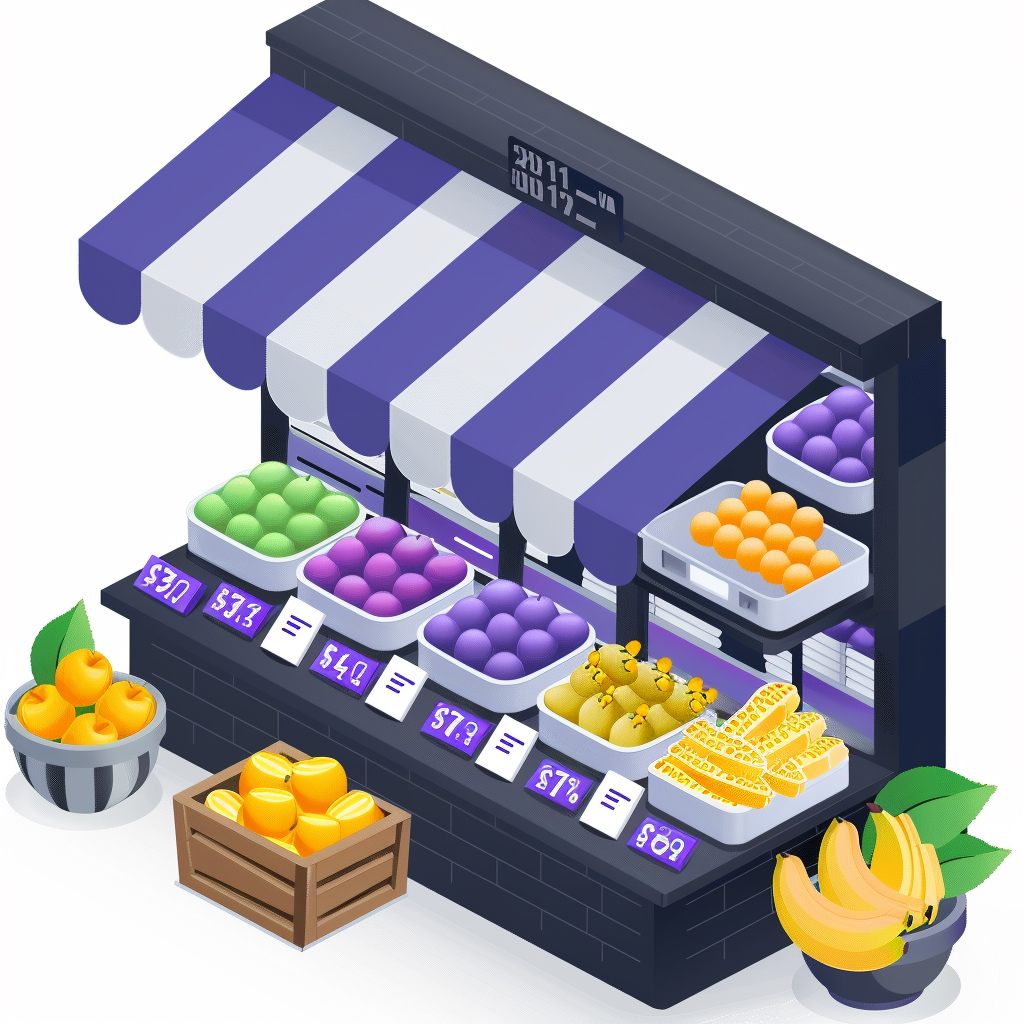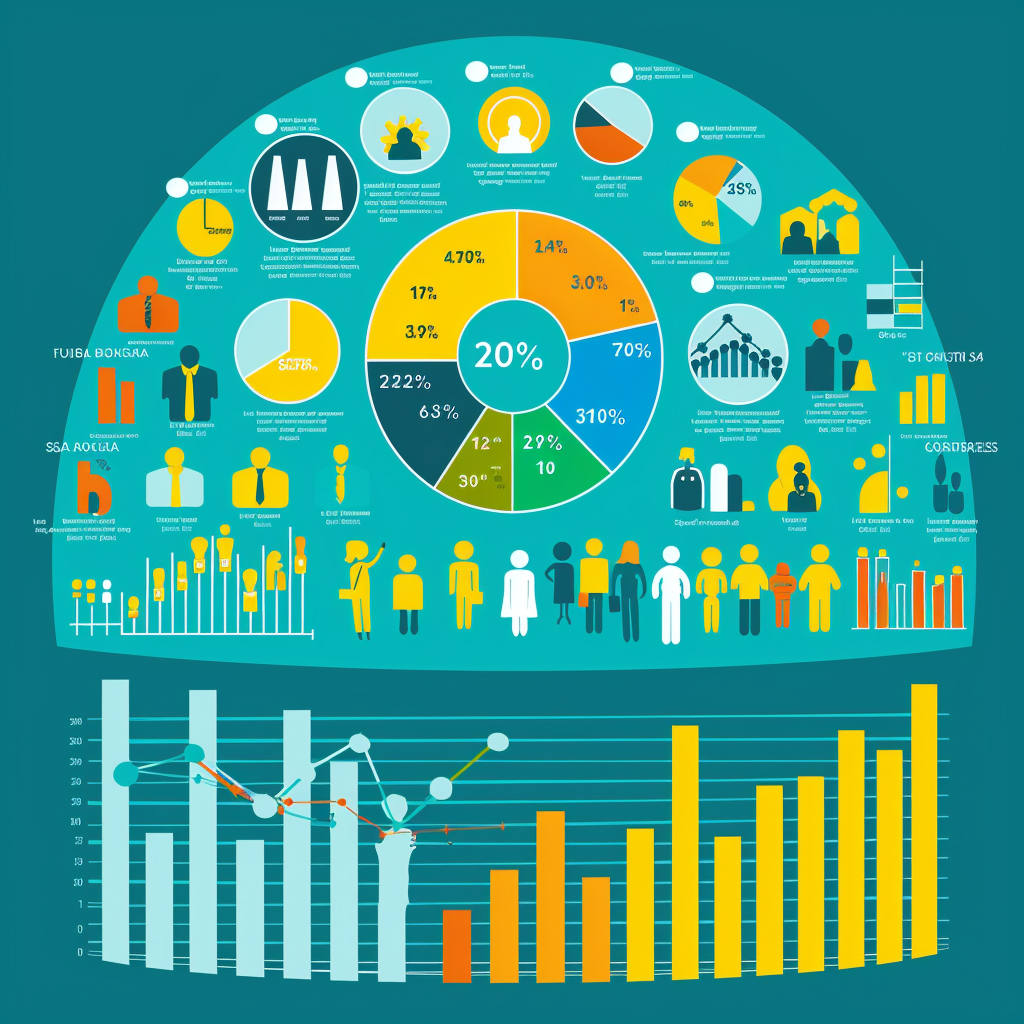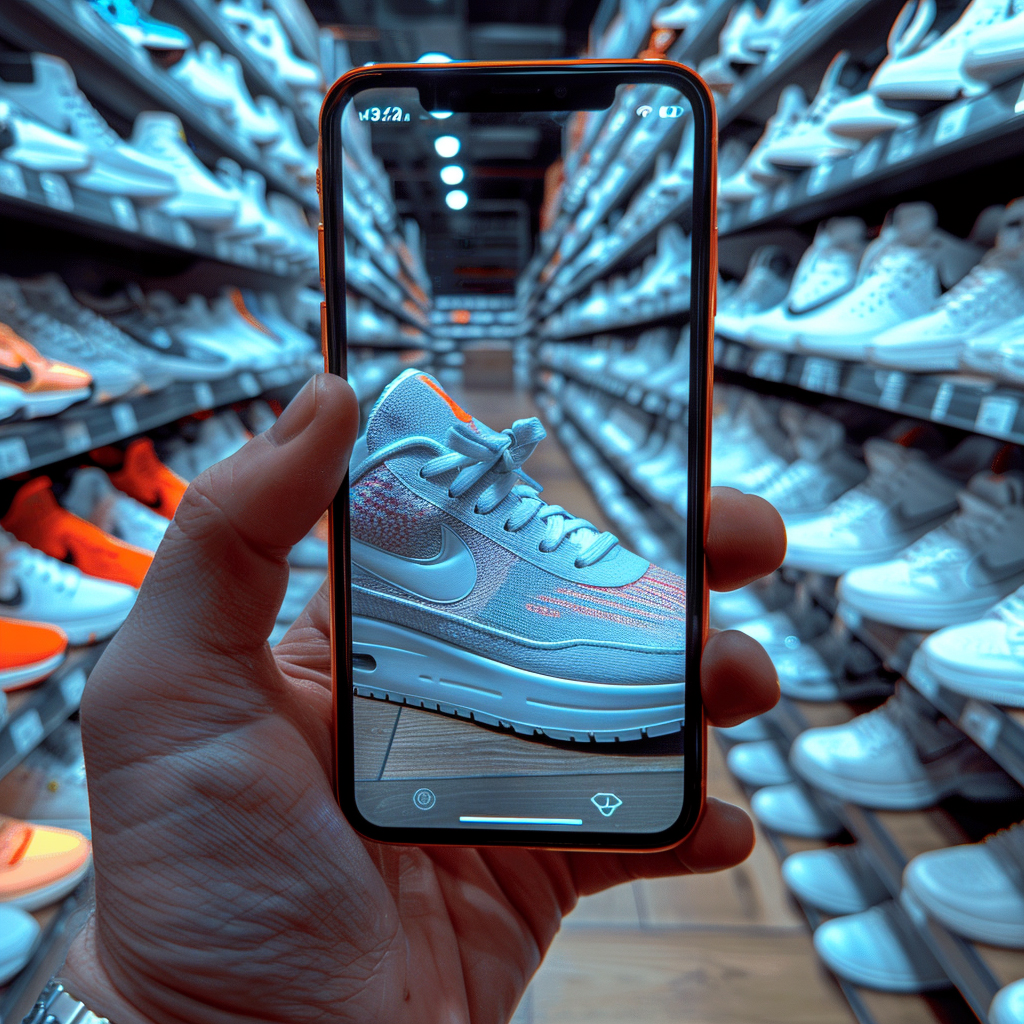1. Personalized Product Recommendations
Personalized product recommendation engines use AI algorithms to suggest items tailored to each shopper’s preferences and behavior. By analyzing browsing history, past purchases, and similar users’ data, these systems present relevant products that a customer is more likely to buy. This individualized approach enhances the user experience and can significantly boost engagement, conversion rates, and sales in e-commerce. Most major online retailers (from Amazon to streaming services) rely on recommendation models to drive a large share of their revenue. As personalization becomes standard, businesses focus on fine-tuning algorithms and data quality to maintain effectiveness while respecting customer privacy.

Personalized product recommendations can account for roughly one-third of an e-commerce site’s revenue – a 2023 study found they contribute an average of 31% of online retail revenues.
2. Predictive Analytics
Predictive analytics involves using historical and real-time data along with machine learning to forecast future outcomes in e-commerce. Retailers employ predictive models for demand forecasting, trend anticipation, and customer behavior predictions. This proactive approach helps optimize inventory (stocking the right products in the right quantities), personalize marketing (predicting what a customer might buy next), and improve operational efficiency. In recent years, many companies have increased investments in predictive analytics to gain a competitive edge, as better forecasts can lead to higher sales and lower costs. By transitioning from reactive to data-driven proactive strategies, e-commerce businesses can make informed decisions that improve profitability and customer satisfaction.

By late 2023, over 60% of retail executives reported plans to increase spending on predictive analytics and AI, a jump from about 40% in 2021.
3. Dynamic Pricing
Dynamic pricing uses AI to adjust product prices in real time based on demand, supply, customer profiles, and market conditions. In e-commerce, this means prices are not fixed but can fluctuate – for example, rising for high-demand items or dropping for excess stock. Retailers leveraging dynamic pricing algorithms can optimize revenue by charging the ideal price at any given moment, much like airlines and hotels have long done. AI-driven pricing models sift through large datasets (competitor prices, browsing behavior, time of day, etc.) and can update prices frequently to maximize sales or profit margins. While this strategy can significantly increase profitability and sell-through rates, it requires careful implementation to avoid alienating customers, who expect fair and consistent pricing.

Implementing AI-powered dynamic pricing has been shown to substantially lift profitability – a recent McKinsey study indicates that using dynamic price optimization can increase retailers’ profits by about 10–20%.
4. Customer Segmentation
Customer segmentation in e-commerce involves categorizing shoppers into distinct groups so that marketing and recommendations can be better tailored to each segment. AI has made this process far more granular and dynamic. Traditional segmentation might target broad categories (e.g. age or location), but AI-driven segmentation analyzes purchasing patterns, website interactions, and demographics to find micro-segments or “clusters” of customers with similar behaviors or needs. By understanding these nuanced segments (for example, bargain hunters vs. brand loyalists), companies can deliver more relevant product recommendations, personalized content, and targeted promotions to each group. This leads to more effective marketing campaigns, as messages resonate better with their intended audience, ultimately driving higher engagement and conversion rates.

Retailers using AI for customer segmentation have seen significant gains in marketing effectiveness – AI-driven segmentation can yield up to a 20% increase in marketing ROI by enabling more accurate targeting and highly personalized campaigns.
5. Visual Search and Recognition
Visual search allows customers to search for products using images rather than text. With AI image recognition, an e-commerce app or website can take a photo (or camera scan) of an item and find similar products in its catalog. This technology is especially popular in fashion and home décor – for example, a shopper can upload a picture of a dress or a chair they like, and the system will recommend similar items for sale. Tech giants and retailers have heavily invested in visual search and recognition, as consumers increasingly seek more intuitive, visually driven ways to discover products. The growth of smartphone cameras and apps like Pinterest Lens and Google Lens has accelerated this trend. As visual search improves, it complements traditional keyword search and can improve product discovery, engagement, and sales for retailers.

The use of visual search is surging – Google’s Lens tool now handles about 20 billion image searches per month, with roughly 4 billion of those searches related specifically to shopping.
6. Optimized Inventory Management
AI-driven inventory management helps e-commerce businesses maintain optimal stock levels by accurately forecasting demand and automating replenishment decisions. Machine learning models analyze sales history, seasonality, current trends, and even external factors (like weather or social media buzz) to predict how much of each product will be needed and when. By anticipating demand, retailers can reduce stockouts (running out of an item) and overstock (excess unsold inventory). This optimization leads to cost savings (less capital tied up in inventory and lower storage costs) and increased sales (products are in stock when customers want them). In practice, companies using AI for inventory management see smoother operations – fewer lost sales due to missing items and less waste from over-ordering – ultimately improving both customer satisfaction and the bottom line.

Retailers that implemented advanced AI forecasting methods report markedly better stock availability – in fact, some saw up to a 25% improvement in in-stock rates during peak demand periods after using AI-driven inventory predictions.
7. Enhanced Search Functionality
Enhanced search functionality refers to AI-powered improvements in an e-commerce site’s search bar and results. Traditional search might only match keywords, but AI allows the search engine to understand natural language queries (e.g., “comfortable black running shoes under $100”), correct spelling errors, and even learn from past user interactions to deliver more relevant results. These intelligent search systems can also personalize results based on a user’s behavior – for example, prioritizing brands or categories the user has shown interest in. The goal is to help customers find what they’re looking for faster and more accurately. A better search experience reduces frustration (less chance the user sees “no results found”) and can increase conversion rates, since users who find suitable products easily are more likely to buy. Ultimately, investing in enhanced site search leads to a smoother shopping experience and higher sales.

Optimizing an e-commerce site’s internal search can yield a dramatic payoff – case studies have shown that improving on-site search functionality can increase conversion rates by as much as 43%.
8. Customer Feedback Analysis
Customer feedback analysis uses AI to process and interpret large volumes of feedback, such as product reviews, customer support interactions, and social media comments. Instead of manually reading thousands of comments, companies deploy natural language processing algorithms to determine overall sentiment (how positive or negative customers feel) and to extract common themes or complaints. In e-commerce, this means a retailer can quickly discover if many customers are unhappy with, say, the quality of a new product or the checkout experience, or if a particular feature is delighting users. By quantifying sentiments and identifying trends in real time, businesses can prioritize improvements that matter most to customers. This AI-driven analysis also helps measure customer satisfaction more continuously (beyond occasional surveys) and can alert teams to emerging issues before they escalate, thereby improving service and reducing churn.

Businesses are rapidly adopting AI sentiment analysis tools as part of their customer service strategy – by the end of 2023, approximately 72% of customer service leaders had plans to pilot or implement sentiment analysis solutions to better track and act on customer feedback.
9. Cross-Selling and Upselling
Cross-selling and upselling are techniques to increase a customer’s value by recommending additional or higher-end products – and AI has made these tactics smarter and more personalized. Cross-selling suggests complementary items (for example, recommending a camera case and memory card to someone buying a camera), while upselling suggests a more premium version of the item or an add-on (for example, suggesting an upgraded model or warranty). AI analyzes a customer’s current selections, past purchases, and what similar customers bought to make effective recommendations in real time. In e-commerce, these suggestions often appear as “You might also like” or “Frequently bought together” sections. When done correctly, AI-driven cross-sells and upsells provide value to the customer (by highlighting useful extras or better-suited products) and boost the retailer’s average order value and revenue. It’s a balancing act – the recommendations must be relevant and timed well so they enhance the shopping experience rather than seem pushy.

Companies that deploy AI-powered cross-selling and upselling strategies see a notable lift in revenue – on average roughly a 15% increase in sales revenue has been attributed to these personalized AI-driven recommendation tactics.
10. Churn Prediction
Churn prediction uses AI to identify customers who are likely to stop using a service or shopping with a business. In e-commerce and subscription services, retaining customers (reducing churn) is crucial for sustained revenue. AI models evaluate a wide range of data – purchase frequency decline, reduced website visits, lower engagement with emails, customer service interactions, etc. – to flag which customers are at risk of leaving. Once identified, companies can intervene with retention strategies, such as targeted discounts, personalized outreach, or improving certain aspects of the experience for those customers. The use of predictive analytics for churn means businesses can be proactive: rather than reactively trying to win back lost customers, they attempt to prevent the loss in the first place. Effective churn prediction and prevention improves customer lifetime value and lowers the costs associated with acquiring new customers to replace those who leave.

The financial stakes of preventing churn are extremely high – research by Bain & Company famously showed that increasing customer retention by just 5% can lead to profit increases of up to 75%. This underscores why churn prediction (and subsequent retention efforts) is a top priority for businesses.